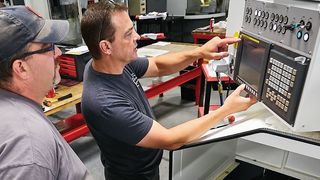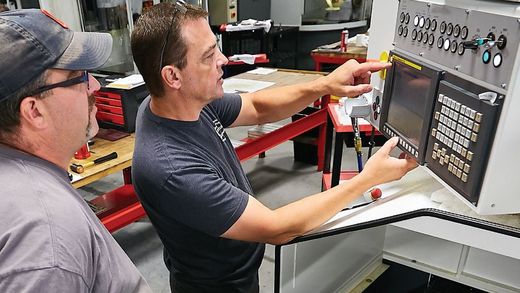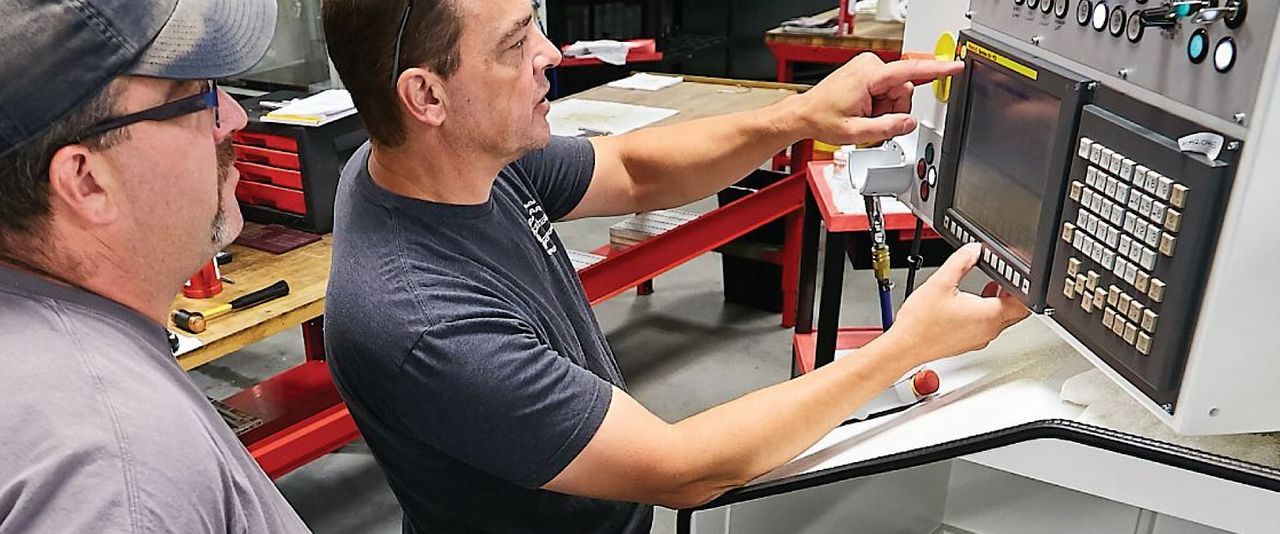Machine Rebuilding: The ABCs of Making What’s Old New Again
When can a rebuilt grinding machine be considered “new” again? Owners thinking about rebuilding their long-held investment are right to want clarity about the meaning of the word. The pivotal question that needs to be asked is, what would qualify a rebuilt machine for new warranty coverage by an OEM?
In many ways, the answer to that is quite simple. A rebuilt machine with all of its updates, upgrades and like-new capabilities qualifies for new warranty coverage when it:
- Has been completely disassembled and reassembled by an OEM, and
- Undergoes a validation process confirming it has been restored to original specifications per DIN 8632 industry standard inspection sheets for surface grinding machines with horizontal grinding wheel spindle and a movable rectangular table up to 1600 mm length.
The rebuilding process itself is more involved, of course. A comprehensive rebuild starts with a thorough audit of the machine’s existing condition. This entails inspection of all wear parts, evaluation of the machine’s existing geometry, and examination of spending patterns for parts and repairs. This clears the way for the rebuild process to begin. Steps include:
- Complete machine disassembly
- Guideway renewal
- Enclosures and components freshly repainted
- Replacement of all worn parts
- Comparison of rebuilt configuration to original DIN 8632 specs
- Hand adjustments of out-of-spec surfaces
Why OEM Rebuilds Deliver Peace of Mind – And More
Once a quality assurance expert documents the configuration in detail, the rebuilt machine with its recommissioned geometry, renewed guideways and improved reliability will receive its certification paperwork and be deemed ready for a one-year warranty.
That’s peace of mind – knowing that you’ve made a prudent investment, and at a cost that can be just 75% of a new machine. The rebuilding process can maintain familiar control procedures, reducing the need to retrain operators on new equipment. Depending on how your company classifies expenses, a rebuilt machine may even qualify as a maintenance cost rather than as capital outlay, further contributing to potential savings.
But a rebuilt machine will often perform far better than “new,” as the process often involves upgrading components rather than directly replacing them. Not surprisingly, grinding machines often outlast their control technologies by 5-10 years, so reinstalling the same CNC would be impractical, given the limited parts availability for older technology.
Instead, a new control extends the machine’s useful life, becoming the springboard for adding new features like gauging or a new spindle for ID grinding, as well as programming advanced functions like storage of often-used axis positions, that would have been unthinkable when the machine was purchased.
And for the ultimate in peace of mind, an OEM rebuild means that every part is traceable to the original owner and the machine will be supported with a robust customer care program after the project is complete. And that’s a promise that is never attached to a machine reconditioned with used parts of unknown origin.
UNITED GRINDING North America offers rebuild services on BLOHM, MÄGERLE, STUDER and WALTER machines. Learn more about what we can do to breathe new life into your investment here.









